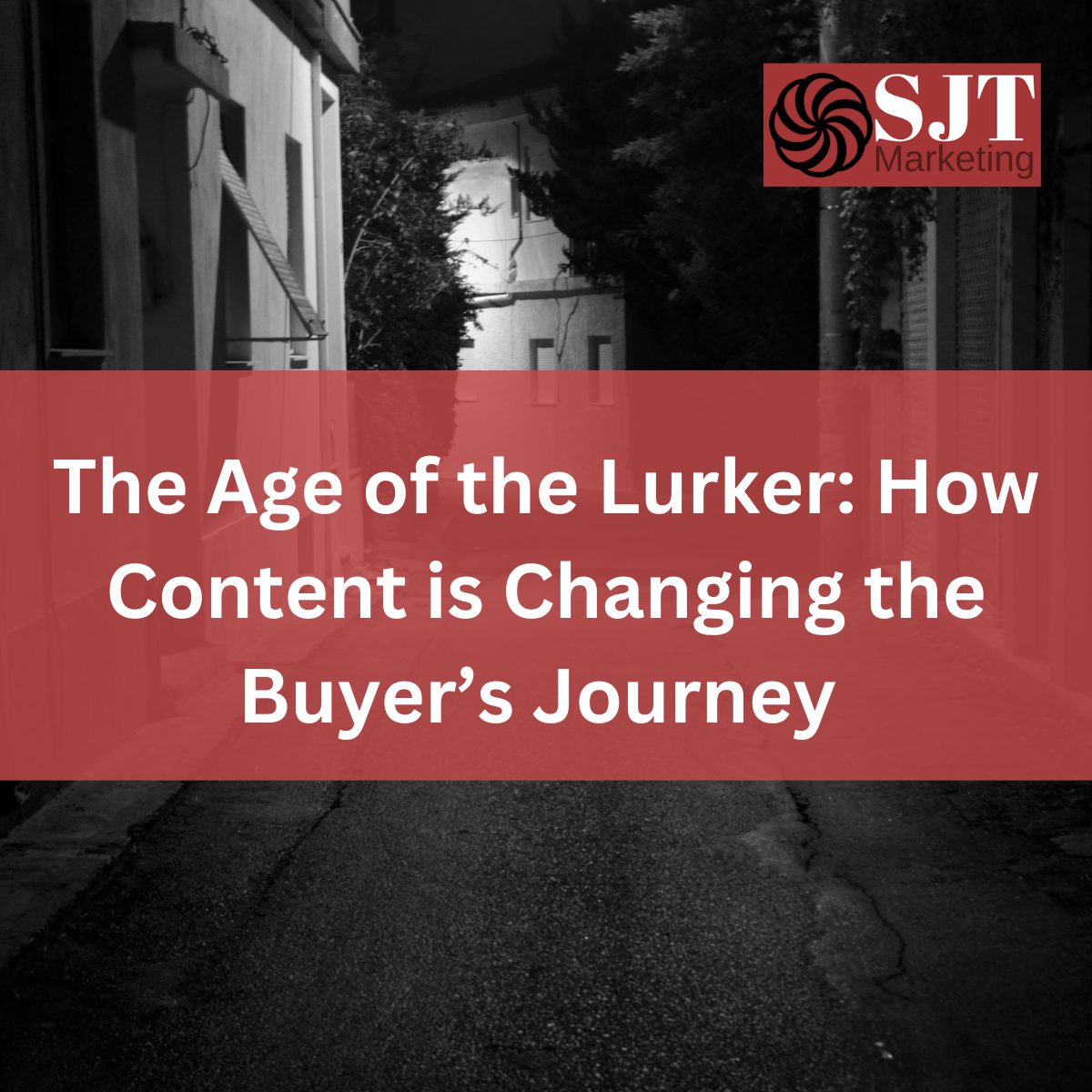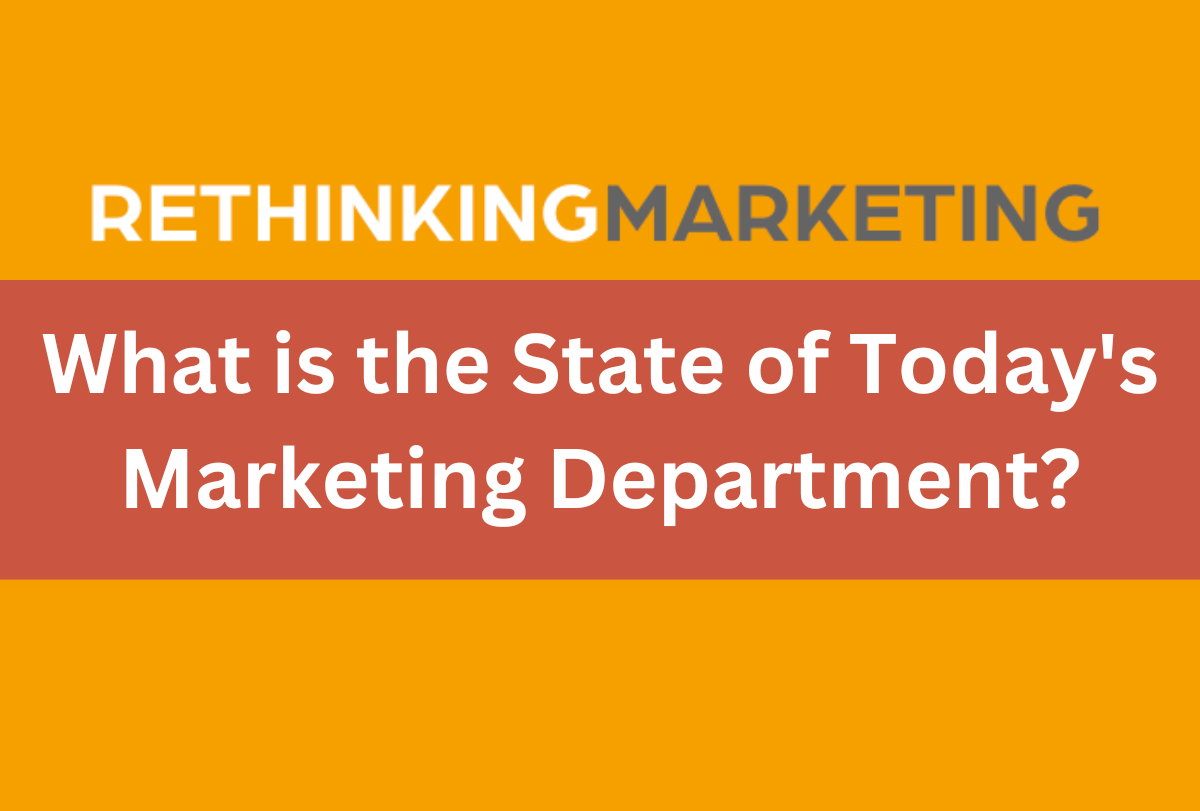UX Content Development in the Age of AI

Last night my son was looking for a simple recipe for Belgian waffles and was beyond excited when he landed on a recipe from King Arthur. The recipe was great, but what delighted him was that he did not have to scroll through an extra-long blog about nothing to read the ingredients.
Has that ever happened to you? You want a recipe and search for options, but before you can see the actual recipe you have to sort through “the twenty-seven eight-by-ten color glossy pictures” of every iteration of said recipe. Who cares!!! There must have been someone somewhere in the SEO world that said the best way to write a cooking blog was to first tell your life story and bury the recipe deep in the end. Frankly, it's just annoying!
Today, if you are looking for a great waffle recipe, just ask ChatGPT… you can also, use it to create massive amounts of content for your organization… All this talk about AI made me contemplate the effects the end user… aka the buyer.
First… I love ChatGPT. It literally makes my life easier! I write something and it helps me improve it. Usually, it goes way overboard (see below for more on this.) Yet, I do pull ideas and phases from it and it is improve my writing.
And there is still the issue of ownership??? (Please note: the matter of ownership still remains uncertain. If you are writing for clients who require full rights to their content, it is essential to stay informed about the evolving rules in this regard.)
However… People buy things… not machines…
This brings me to the UX (user experience) of content. We spend a lot of time thinking about the UX of websites or hopefully the UX of a sales campaign. When it comes to content, the emphasis is on SEO compatibility, keywords, linkbacks, and rankings.
I am not saying we shouldn’t consider SEO when writing, but isn’t the point to convert a person to buy something? To engage them? To teach them something they were searching for?
While I am not a big fan of personas… I think they can easily water down the goal of any marketing activity, but that is a discussion for another day! However, when I write, I put the name of a real person, the target/client, I most want to engage with the blog at the top of my page and then I ask…
Is he or she:
- Lost and confused before finding what they needed?
- Served a lot of “seemingly” unnecessary information?
- Forced to listen to someone's longwinded diatribe before they arrived at the meat of the content? (point taken!!!)
- Pushed to hand over personal information to download a simple whitepaper (which consequently triggered an unwanted email or telephone campaign)?
Or
- Were they engaged?
- Were they delighted? (Did they laugh, smile and/or feel validated?)
- Did they find what they were looking for?
- Did they learn something new?
For me, it is really important to use a real person as my target, so I can envision them engaging with the content. It is a good way for me to call bluff on myself.
Marketing, and especially content development, should be quick and simple, to the point, and direct. The days of patience and time are long gone. If you waste their time or frustrate them in any way, it will erode your brand and your long-term buying opportunities.
So give them what they want, when they want it, and how they want it.
P. S. I gave ChatGPT a chance to improve the readability of this article… To be honest, I pulled one sentence and added it in. But otherwise, I found their version to be packed with unnecessary words and phrases. It removed my bullets which are a crucial element to easy reading and it rambled a bit too long. (which one could say is happening here too :)


